Expert Recommendations and Tips
Applying the best eye cream is the right to reduce dark circles located around the eyes. Dark circles under the eyes are a common concern for many people. Whether they’re due to lack of sleep, genetics, or just the natural aging process, those pesky dark rings can make you look tired and older than you feel.
Dark circles can be caused by various factors, including genetics, dehydration, allergies, and sun exposure. The skin under our eyes is thinner and more delicate, making it prone to showing signs of stress and fatigue. This is where effective eye creams come into play. In this post, we’ll explore some of the best expert-recommended eye cream that reduce dark circles, brighten your under-eye area, and provide additional skincare benefits.
Expert-Recommended Eye Creams to Reduce Dark Circles Around the Eyes
Ole Henriksen Banana Bright+ Vitamin C Brightening Eye Crème

Key Ingredients: Triple Vitamin C, light-reflecting yellow mineral pigments
Benefits: This eye cream is the No. 1 best cream to reduce dark circles around the eyes because of its brightening powers. Inspired by banana setting powder, it contains light-reflecting pigments to instantly color-correct and brighten dark circles. The triple vitamin C formula helps to reduce fine lines and improve skin elasticity.
Pros: Hydrating, fragrance-free, provides an immediate brightening effect, and is great for layering under makeup.
Cons: It may be drying for some users.
Customer Review: “The best eye cream I’ve ever used. It diminishes my dark circles after one use and leaves a nice glow.”–Sephora.
Price: $44 at Sephora (Marie Claire Magazine). Prices will vary from website to website.
Purchase at: Amazon or olehenriksen.com
Neutrogena Rapid Wrinkle Repair Retinol Pro+ Anti-Wrinkle Eye Cream
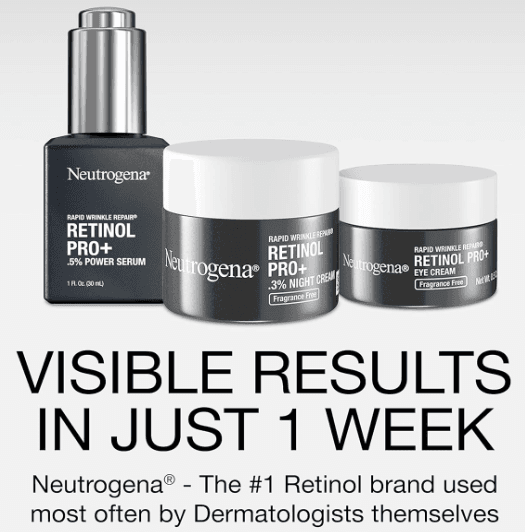
Key Ingredients: Retinol, sodium hyaluronate, glycerin.
Benefits: This cream targets dark circles, fine lines, and wrinkles with its potent retinol formula. Retinol stimulates collagen production, improving skin texture and firmness.
Pros: Affordable, hydrating, excellent base for concealer.
Cons: Can cause a warming sensation upon application.
Customer Review: “Hydrates well and reduces fine lines without leaving a greasy residue.” – Amazon
Price: $25,49 at Amazon, time-limited discount of 45% (Marie Claire Magazine); prices will vary from website to website.
Purchase at: Amazon
Mario Badescu Hyaluronic Eye Cream

Key Ingredients: Hyaluronic acid, eyebright extract, Vitamin E
Benefits: This vegan eye cream hydrates and plumps the skin, making it look more youthful and radiant. Hyaluronic acid retains moisture, while eyebright extract and Vitamin E protect against environmental damage.
Pros: Vegan, cruelty-free, and contains expert-approved ingredients.
Cons: Takes time to see noticeable results.
Customer Review: “Great for my dry climate and mature skin. My undereyes feel hydrated and look brighter.” – Sephora.
Price: $20 at Amazon (Marie Claire Magazine); prices will vary from website to website.
Purchase at: Amazon or mariobadescu.com
RoC Retinol Correxion Line Smoothing Anti-Aging Wrinkle Eye Cream
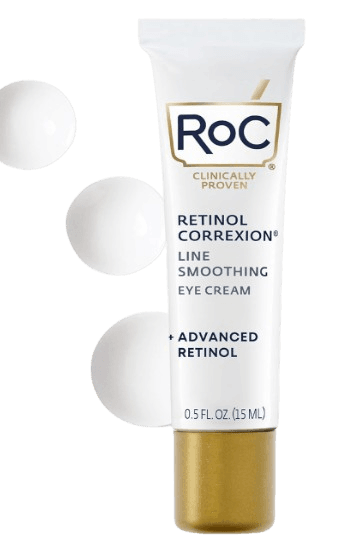
Key Ingredients: Retinol
Benefits: This eye cream stands among the best creams to reduce dark circles around the eyes because it not only reduces dark circles, but it reduces wrinkles, and puffiness as well. Retinol boosts collagen production, strengthening the skin’s foundation and smoothing fine lines.
Pros: Affordable, clinically proven results, gentle enough for daily use.
Cons: Packaging quality issues can increase sun sensitivity.
Customer Review: “Noticeable improvement in fine lines and dark circles. Very refreshing texture.” – Target
Price: $21.25 at Amazon (Marie Claire Magazine); prices will vary from website to website.
Purchase at: Amazon
Benefits of Using the Best Eye Cream to Reduce Dark Circles Around the Eyes
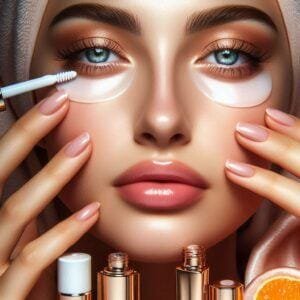
Reduction of Dark Circles
Eye creams with brightening ingredients like Vitamin C and light-reflecting pigments can significantly reduce the appearance of dark circles by evening out skin tone and boosting radiance.
Hydration and Moisture Retention
Ingredients like hyaluronic acid and glycerin help to keep the delicate under-eye area hydrated, preventing dryness and improving overall skin texture.
Improvement of Skin Elasticity
Retinol and peptides in eye creams stimulate collagen production, which enhances skin elasticity and reduces the appearance of fine lines and wrinkles.
Reduction of Fine Lines and Wrinkles
Regular use of eye creams with anti-aging ingredients can help smooth out fine lines and prevent new ones from forming.
Protection from Environmental Damage
Antioxidants such as Vitamin E and green tea extract protect the skin from free radicals and UV damage, maintaining a healthy and youthful appearance.
Tips for Choosing the Best Cream to Reduce Dark Circles Around the Eyes
Consider Your Skin Type and Its Specific Needs
Different skin types have different needs. For sensitive skin, look for eye creams with gentle, non-irritating ingredients. For dry skin, choose products with rich, hydrating ingredients.
Look for Active Ingredients
Effective ingredients like Vitamin C, retinol, hyaluronic acid, and peptides are key to reducing dark circles and improving overall skin health.
Check Customer Reviews and Clinical Proof of Effectiveness
Before purchasing, read customer reviews and check if the product has clinical backing. Real-world results and scientific studies can provide confidence in the product’s effectiveness.
- Marie Claire
- Dermstore.
- People Magazine.
- Allure
Understand the Application Process of Using the Best Cream to Reduce Dark Circles Around the Eyes
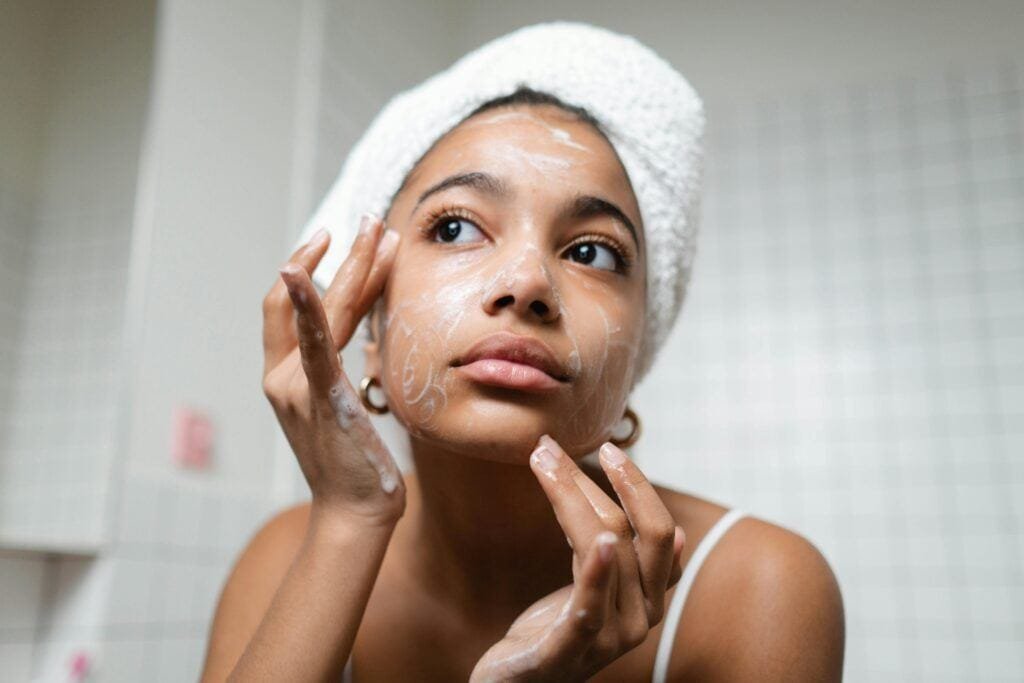
Follow the application instructions for optimal results. Some products may be more effective when used in the morning, while others might work best as part of your nighttime routine. Always read instructions for the best results.
Importance of Consistency in Application
Consistency is crucial. Use your eye cream daily and give it time to work. Patience and regular use will yield the best results.
Conclusion on Finding the Best Cream to Reduce Dark Circles Around the Eyes
Dark circles can be a stubborn issue, but with the right eye cream, you can significantly improve the appearance of your under-eye area. Whether you opt for the brightening power of Ole Henriksen Banana Bright+ Vitamin C Brightening Eye Crème, the hydrating benefits of Mario Badescu Hyaluronic Eye Cream, or the anti-aging effects of RoC Retinol Correxion Line Smoothing Anti-Aging Wrinkle Eye Cream, there’s a product out there for you.
Remember to patch-test any new product to avoid potential reactions and choose the one that best suits your skin type and needs. For more detailed reviews and check the full list of top eye creams for dark circles, and check out the original articles on Marie Claire and DermStore.
By integrating these expert insights and recommendations into your skincare routine, you’ll be well on your way to brighter, more youthful-looking eyes.
Chic Skin participates in affiliate programs like the Amazon Services LLC Associates Program. As an associate, we earn from qualifying purchases. This means Chic Skin may earn a commission at no extra cost to you.
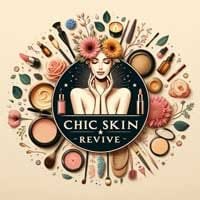
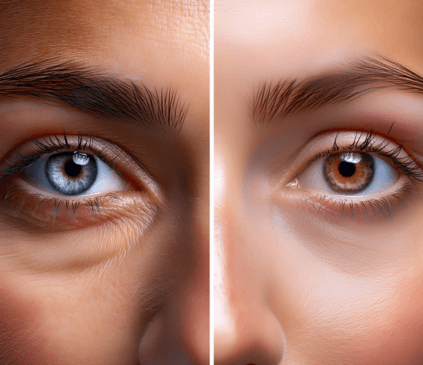
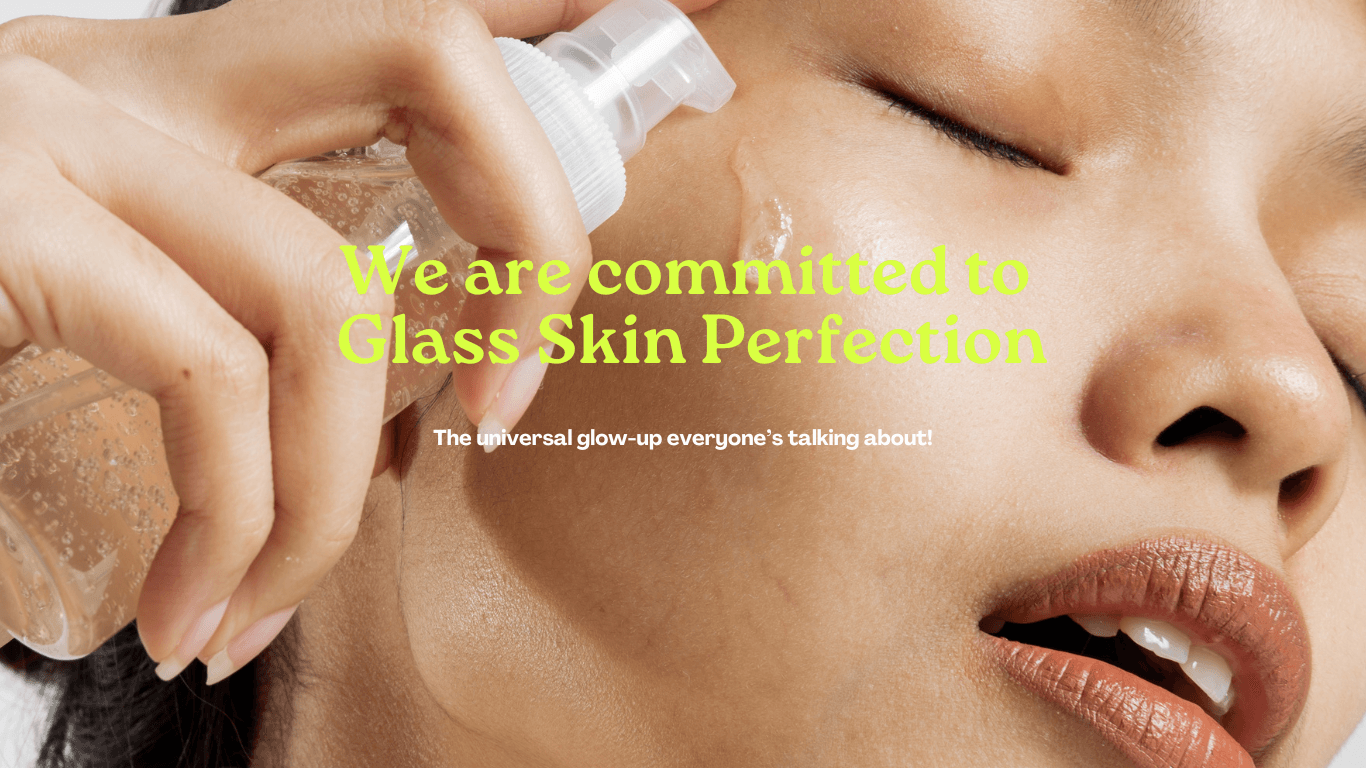
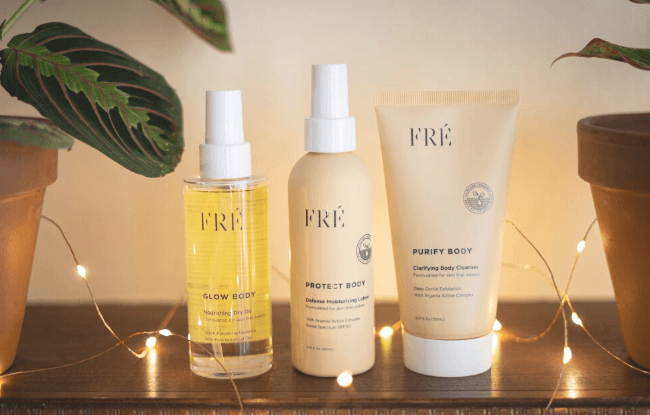
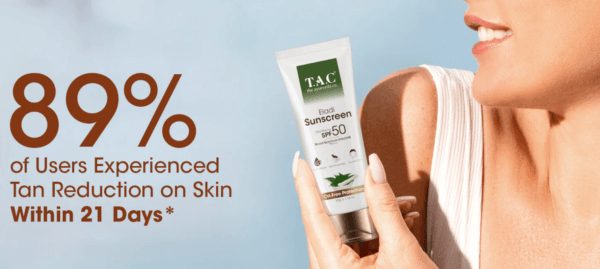
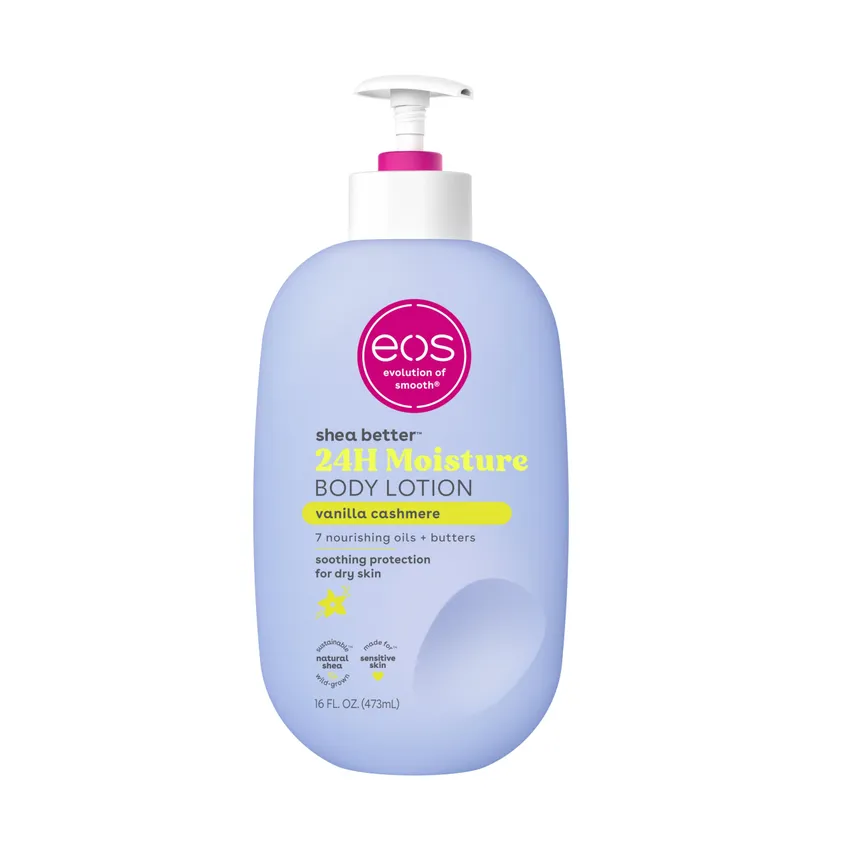

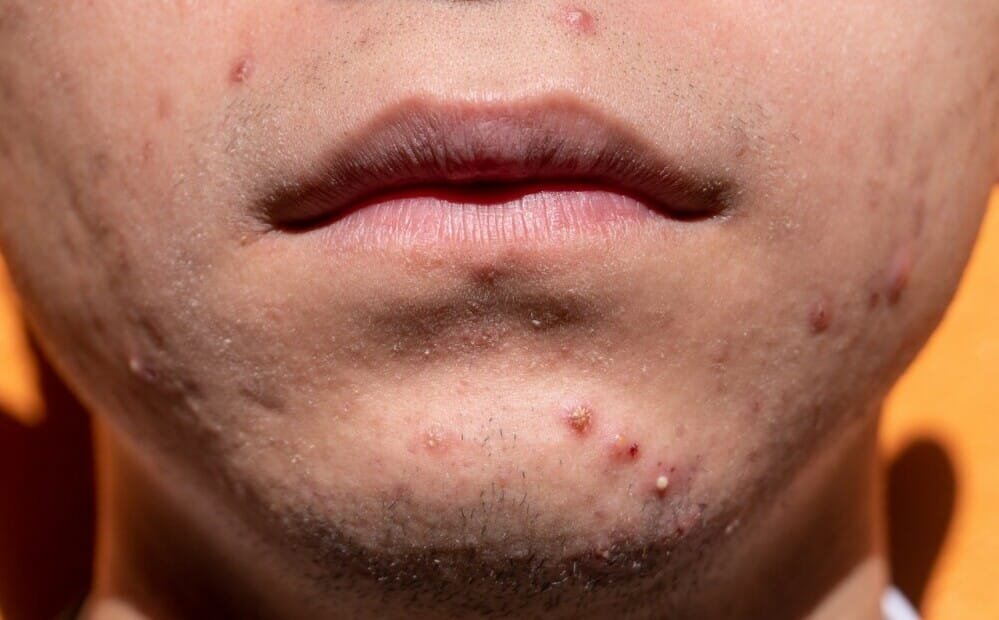

2 Comments
Hello Annastasia. Your website is beautifully set, and the pictures are wonderfully colorful. My only suggestion is to expand on your ‘about me’ page. Learning more about your ‘why’ and a little about your background would enhance your audience participation. But otherwise, this is a very well put together site with lots of good info. Thank you.
Hi Walter,
Thank you so much for your kind words and thoughtful feedback! I’m glad you enjoyed the look of the website and found the content helpful. I really appreciate your suggestion about expanding the ‘About Me’ page—sharing more about my ‘why’ and background is a great idea. I’ll definitely work on that to help connect better with my audience.
Thanks again for taking the time to leave such a considerate comment!
Best regards,
Annastasia